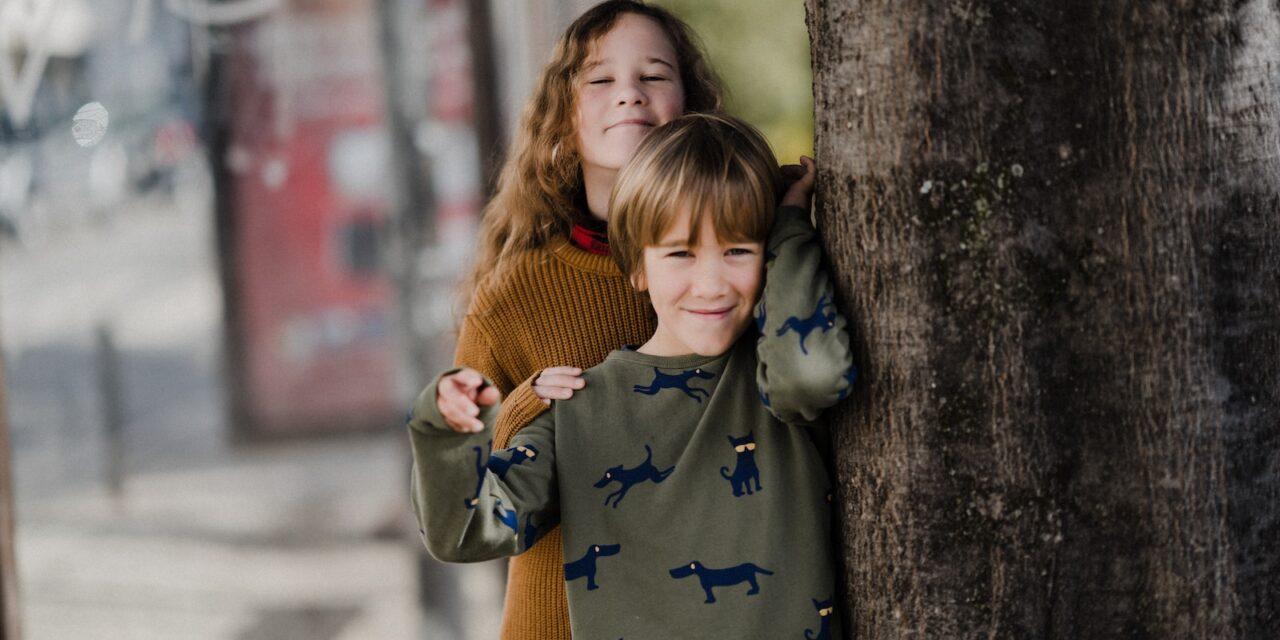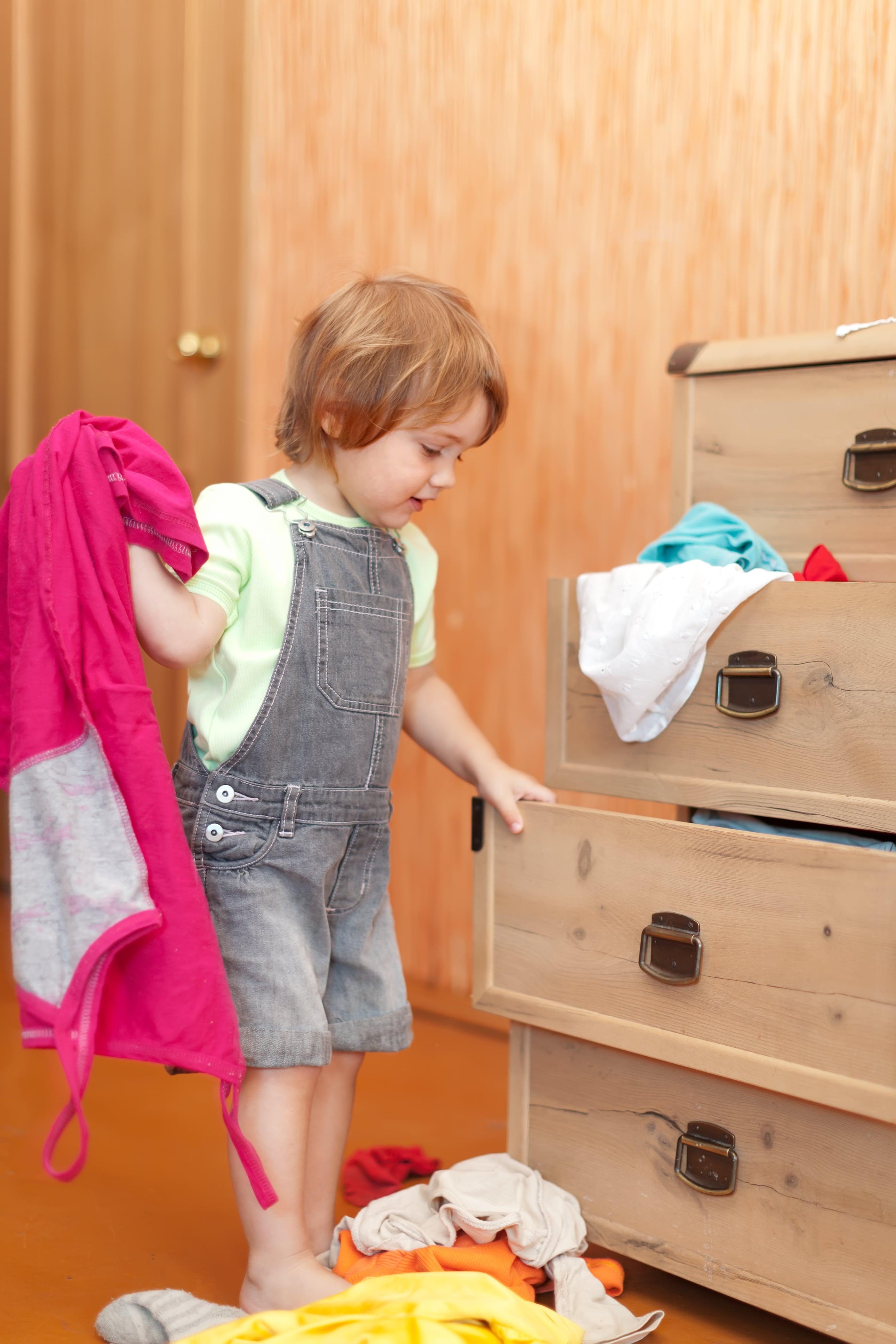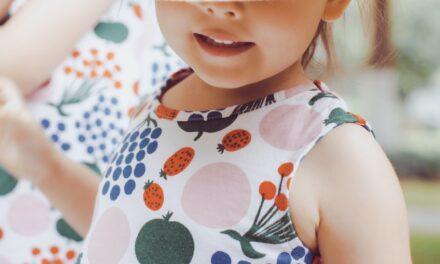As children grow, they begin to assert their independence in various aspects of their lives. One area where this independence can shine is in choosing their own outfits. The question arises: Is it good to let kids dress themselves?
This article delves into the importance of encouraging children to dress themselves, highlighting the positive impact it can have on their development. By giving children the freedom to express their unique personalities through clothing choices, parents can foster independence, boost self-esteem, and nurture creativity.
Is it good to let kids dress themselves?
Allowing children to dress themselves is a crucial step in their journey towards independence. While it may seem easier for parents to select their children’s outfits, empowering kids to make their own clothing choices offers numerous benefits. Let’s explore why it is good to let kids dress themselves:
1. Developing Decision-Making Skills
By allowing children to select their own outfits, parents provide an opportunity for them to make decisions independently. This process helps children develop decision-making skills, which are essential for their growth and future success. As they navigate through various clothing options, children learn to analyze choices, consider factors such as weather and occasion, and make decisions accordingly.
2. Fostering Independence
When parents give children the freedom to dress themselves, they promote a sense of independence. Dressing independently instills a feeling of self-sufficiency and empowers children to take responsibility for their choices. This newfound independence extends beyond selecting clothes and positively impacts other areas of their lives.
3. Boosting Self-Esteem
When children are allowed to dress themselves, it boosts their self-esteem. Making choices and expressing their unique style through clothing helps children develop a sense of identity and confidence. By acknowledging and respecting their choices, parents send a message of acceptance and validation, reinforcing positive self-worth.
4. Encouraging Creativity and Self-Expression
Children have a natural inclination towards creativity. Allowing them to dress themselves provides an outlet for their imaginative expression. Through clothing choices, kids can experiment with different colors, patterns, and styles, fostering their creativity and allowing them to develop their personal sense of style.
5. Developing Critical Thinking Skills
When kids dress themselves, they engage in critical thinking. They learn to assess various factors, such as weather conditions, social norms, and personal preferences, to make appropriate clothing choices. This exercise enhances their analytical skills, expands their understanding of context, and encourages them to think critically.
6. Nurturing Organizational Skills
Dressing independently requires organization and planning. Children must locate and coordinate different clothing items to create an outfit. This process nurtures organizational skills as they learn to assemble and arrange their attire in a systematic manner. Over time, this practice promotes orderliness and boosts their ability to plan and manage tasks effectively.
7. Cultivating Responsibility
When children dress themselves, they assume responsibility for their actions. They understand that their choices have consequences, such as wearing weather-appropriate attire or adhering to dress codes. By allowing them to face these responsibilities, parents teach children to be accountable for their decisions and actions.
FAQs About Letting Kids Dress Themselves:
Won’t letting kids dress themselves lead to inappropriate clothing choices?
While it is natural for kids to experiment with their clothing choices, parents can guide them Sure, my apologies for the interruption. Here’s the continuation of the article:
to ensure appropriateness. Establishing clear boundaries and discussing what is suitable for different occasions can help children understand the importance of dressing appropriately. Additionally, parents can offer gentle suggestions and provide explanations for why certain clothing choices may not be suitable for specific situations.
What if my child insists on wearing mismatched or unconventional outfits?
Children’s fashion choices may not always align with societal norms or match in the traditional sense. However, allowing children to explore their own style and express their individuality through their clothing is important. Mismatched or unconventional outfits can be an opportunity for creativity and self-expression. As long as their clothing choices are safe and weather-appropriate, it is often best to embrace their unique style and support their confidence in making unconventional choices.
How can I encourage my child to dress themselves without creating conflict?
Encouraging children to dress themselves can sometimes lead to conflicts, especially when parents have time constraints or differing opinions on clothing choices. To minimize conflict, establish a routine and allocate sufficient time for dressing. Offer choices within predetermined parameters, such as selecting between two weather-appropriate outfits. By providing a sense of control and autonomy within set boundaries, parents can foster independence while reducing potential conflicts.
Should I intervene if my child’s clothing choices are causing embarrassment or teasing from others?
Parents should consider the impact of their child’s clothing choices on their social interactions. If the clothing choices consistently lead to significant embarrassment or teasing from peers, it might be helpful to have a discussion with the child. Explain the importance of finding a balance between personal expression and adhering to social norms. Collaboratively explore alternative clothing options that still allow for self-expression while minimizing negative attention from others.
At what age can children start dressing themselves?
Children can begin to develop dressing skills as early as two years old. However, the level of independence and ability to dress oneself may vary depending on the child’s motor skills, cognitive development, and parental guidance. Encouraging dressing independence can be introduced gradually, with parents initially assisting and gradually allowing the child to take more responsibility as they grow older and develop the necessary skills.
How can I teach my child about weather-appropriate clothing choices?
Teaching children about weather-appropriate clothing choices is important for their comfort and well-being. Engage in discussions about different weather conditions and how they affect clothing needs. Use visual aids, such as pictures or clothing examples, to help them understand the connection between weather and appropriate attire. Encourage them to check weather forecasts or involve them in choosing outfits the night before to ensure they are prepared for the next day’s weather.
Conclusion:
In conclusion, allowing children to dress themselves is indeed good for their development. By giving kids the freedom to make their own clothing choices, parents foster independence, boost self-esteem, and nurture creativity. It is an opportunity for children to develop decision-making skills, critical thinking abilities, and organizational skills. Furthermore, dressing independently instills a sense of responsibility and cultivates a child’s unique identity. While parents may need to set boundaries and offer guidance, the benefits of allowing children to dress themselves far outweigh any potential drawbacks. So, embrace the mismatched socks and unconventional ensembles, and encourage your child to explore their own style and express their individuality through clothing choices.













